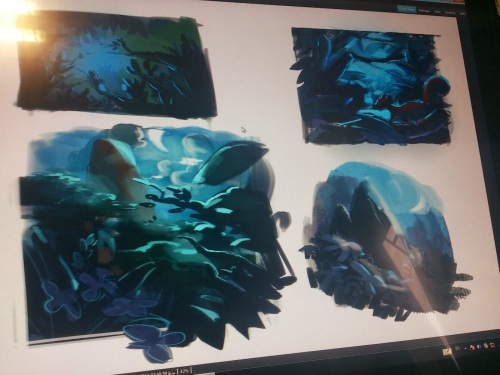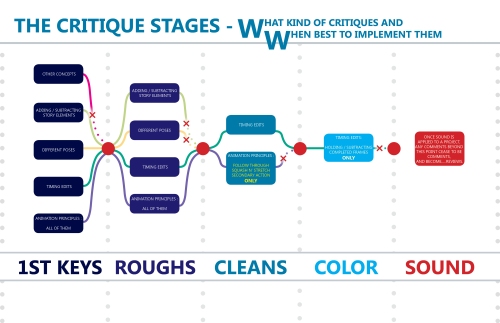
The market seems tough right now for all character animators. Let’s see if we can sum up a few of the roadblocks we normally come across on a daily basis:
Limited freelance gigs (usually a max duration of 3 months) have seasoned artists in survival mode, studios are bankrupting or downsizing their animation staff via layoffs, and 90% of our TV animation work is being sent to another country.
These scenarios caused widespread panic on what to do with the education we’ve spent so much on and sacrificed so much for. This resulted in massive amounts of start-up companies emerging, artists moving to Canada, inexperienced artists going back to school and/or actually teaching, and people attempting to jump into other art/design job positions.
Did that solve the problem? Not really. Most start-ups failed because they lacked sufficient clientele, half the artists who moved to Canada are still unemployed in Canada, the artists who went back to school to learn / teach still aren’t gaining experience, and the rest of them are found battling other designers for positions they don’t actually want.
Time for the Regurge advice:
Learn how animation studios operate. First, a company will not spend money on fresh talent if they’re struggling to pay their full time staff. Second, company failures repel new clients, which result in company layoffs. Third, our economy affects the mindset of the client, which is the guy who wants to put his money into the basket that guarantees the most profit. Today’s client demands company stability, because long lasting companies are companies that have been trusted before. Now the ONLY reason a company today takes on full time employees is when the projected workload indefinitely increases. This hasn’t happened recently, so most artists spend their career hopping from studio to studio.
When applying for a job, look to have these questions answered:
How long have they been around? (clients want enduring companies)
How large is their client list? (More clients, more money coming)
How many clients returned? (Were they treated well? Can they still afford them?)
Have they done company instructional work? (Stable market, full of non creatives with money to spend)
#4 is usually a trait found in smaller generalist studios that fly under the radar, but are more stable than the companies producing commercial campaign spots!
FOLLOW THE CLIENTS. FOLLOW THE CLIENTS. FOLLOW THE CLIENTS. Please.
It’s still going to be tough, because it largely depends on applying at the right time. You WILL get either the job you want, or the job you’re forced to take. The most serious question an animator asks himself/herself when looking for work:
Do I really love doing this as much as I think I do? Whoever has the stronger answer is the one who will always be employed!
Comment below. Share experiences.


